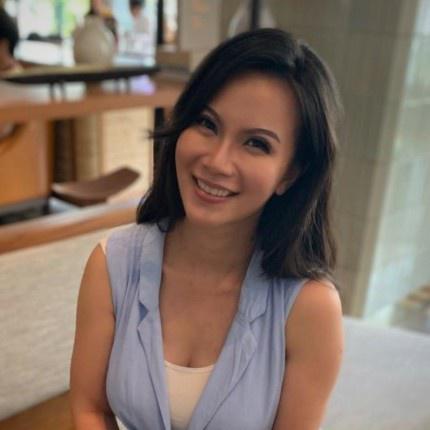
Valued at over $104.2 billion, the creator economy, as reported by Social Media Today, continues to drive the influencer marketing industry in a way that brings questions involving creativity and data to the table.
It’s for this reason that creativity and data-driven are not mutually exclusive, but rather mutually reinforcing. Entrepreneurs and their employees can easily get sucked into labeling their roles–for example, ‘creative director’ or ‘chief scientist’–but the problem starts and continues when you pigeon hole yourself as either a creative or a data-driven individual.
In the creator economy, however, being creative and reinforcing it with data will allow you to scale and experience genuine sustainability. Here are few things to remember if you want to mesh your creative ideas with data.
1. The Creator Economy Is Really A Mashup
Why Creativity And Data-Driven Are Not Mutually Exclusive In Today’s Creator Economy | Stephanie … [+]
“At the heart of it, all industries in our creator economy are connected, and the magic happens when you take things from seemingly unrelated industries, and combine them to surprising impact,” says Sheryl Teo, CEO and founder of Popcorn Growth, a woman-owned marketing agency focused on helping brands and female founders apply a data-driven approach to influencer marketing.
With companies like Google and Meta that have built their entire business models around gathering consumer data and leveraging it to entice marketers, it’s clear creative ideas continue to drive consumer behavior. “Implementing data-driven infrastructures has led to a strange divide in marketing,” Teo explains. “There’s brand marketing, which is focused on increasing brand value, largely driven by those creative ideas; performance marketing, which is ruled by data and measured by sales. The two camps exist within organizations, but they rarely intersect healthily. It’s as if they have become mutually exclusive.”
MORE FOR YOU
Teo’s belief that in marrying the two disciplines, data and creativity can create the kind of results that clients want. At the end of the day, technology and data power creativity, where creative content is informed by data.
Teo, a Singaporean in the United States, spent seven years as a portfolio manager in JP Morgan Asset Management, where she managed more than $160 million by the time she left.. In less than 18-months, Teo was able to help expand the company’s growing portfolio of brands which came to include Samsonite, Thrive Market, Clarins, and Purple.
With a keen understanding of the international and national social media ecosystems, Teo has combined that with her quantitative background in finance, bringing unique insights to help brands with their TikTok marketing campaigns.
2. Use Previous Experience To Innovate
“You will find time and time again in today’s digital landscape that age and experience are no longer mutually exclusive,” says internet attorney Andrew Rossow. Rossow, is also the CEO and founder of AR Media Consulting, and has been practicing law for over five years. After inadvertently ending up in the media landscape, Rossow helps clients navigate the tumultuous waters today’s traditional media landscape has left behind for creators.
“I find that if you are still operating on the basis that age and experience go hand-in-hand in today’s digital world, you will surely fail and find yourself trailing behind your competition, regardless of what career trajectory you find yourself on,” says Rossow. “That’s why I chose to take an alternative path, which was certainly uncomfortable at the beginning, but I continue to utilize my law license, and apply it to a variety of industries, opening the the doors to the world of media, journalism, and now, the metaverse.
Similar to Rossow’s non-conventional journey, Teo also took advantage of her age and then-novel experience, choosing to ignore binary bias, and instead, chose to lean on her quantitative background, where she had spent the first 7 years of her career in asset management.
“I was handed those accounts at such a young age, that I couldn’t help but feel intimidated. My clients were extremely sophisticated financial leaders and sponsors, who were mostly white men who were two to three times my age,” she added. However, Teo uses her previous experience in finance to apply data-driven decisions in her agency.
Don’t let your age stop you from taking chances, or from starting over in a totally new profession.
3. Use Data To Back Up Your Creative Ideas
There’s a time to say ‘yes’ and there is a time to be ‘radically honest,’ and be straight up with your clients. When it comes to honesty and transparency, it’s important to recognize that you can’t always meet every expectation, especially if they appear to be outlandish. However, even if you are in a creative industry–you can use data to back up your creative ideas.
“When clients come to us and ask us to achieve certain goals for them, we are extremely honest and transparent, especially if we can’t meet their expectations. And yes, the hard truth is that sometimes you may lose clients to competitors who may promise to achieve those goals, but you know what? It’s okay. We would rather have a select handful of happy clients, rather than a voluminous amount of unhappy clients. If a campaign is not performing well, we are radically honest, and sometimes, things don’t always work out right off the bat, but because we place faith in our process, the data, and our ingenuity,” Teo concluded.




